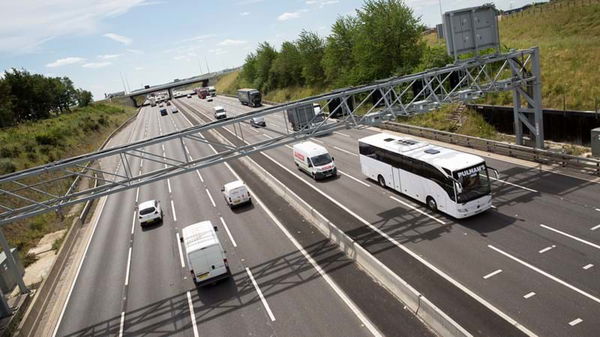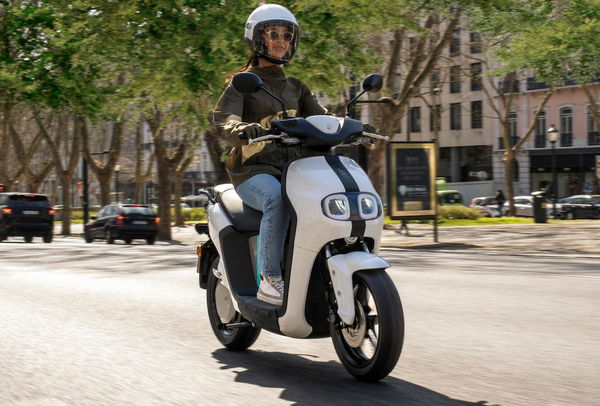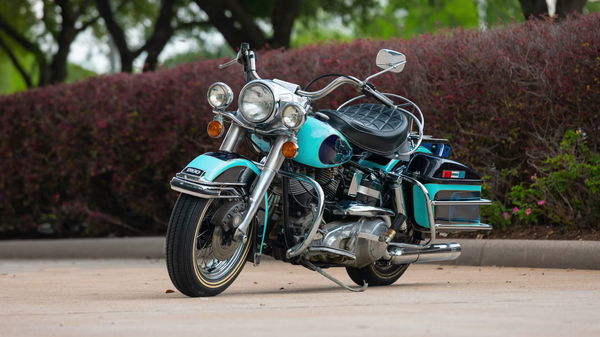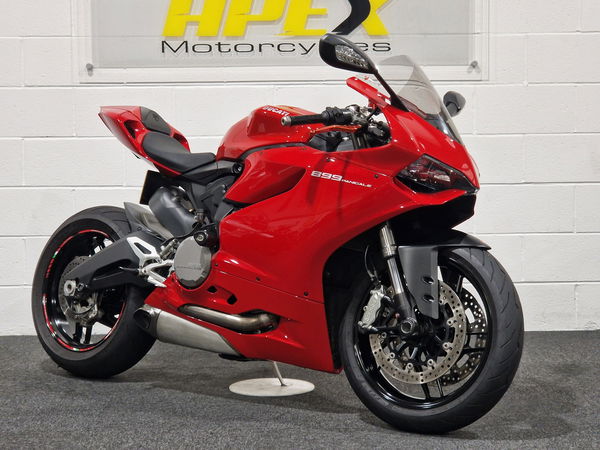Sweden to do away with charging stations in new electric motorway plan?
A new proposal in Sweden is to see a 13-mile stretch of motorway electrified for charging electric vehicles without them needing to stop.

Sweden is set to build the first permanent electric motorway, with the project expected to be finished by 2025.
The Swedish electric motorway (or “e-motorway”) will, according to the RAC, stretch over 13 miles of the E20 motorway, and will pass through the cities of Stockholm, Gothenburg, and Malmo - three of the countries largest and most important cities.
The idea of the e-motorway is that vehicles powered by electric drivetrains will not have to stop to charge, but can be charged while travelling along the motorway. Three options for this ‘mobile charging’ philosophy are available: overhead wires, underground wires, or conductive plates.

This second method is also referred to as ‘induction charging’, and Stellantis has been developing a similar system in Italy.
However, where, in Italy, Stellantis is perhaps more interested in personal transport, in Sweden the project is more directly aimed at industrial vehicles that have to travel large distances and require more energy - and therefore more and larger batteries - to move compared to electric cars or electric bikes, for example. However, a secondary benefit of intending the system for industrial vehicles is that it can also work for personal transport.
Although 13 miles is not game-changing on the surface, this first project is part of a wider plan which aims to make 3,000km of Swedish motorway capable of mobile charging by 2035, Euronews reports.
Perhaps one of the foreseeable problems with mobile charging is that a lack of uniformity in the methods of charging - overhead, underground, conductive, for example - between different countries, or even within countries, could limit the possibilities of exploiting it for people whose vehicle does not match with the particular method used by one region or one country.

From a motorcycling perspective, having wires overhead transmitting charge to the motorcycle which is underneath the rider (and potentially pillion) is perhaps something which also seems quite risky. Perhaps motorcycles would work better with the inductive method, where the infrastructure is within the road surface, and the charge is transmitted upwards. Then, the size of the inductive plate fitted to the bottom of the bike has to be considered, as well as how easily a plate would be replaced should it be damaged or lost in a crash.
In any case, the use for electric motorways is limited for electric motorcycles, which are mostly commuter-style bikes at the minute. Even if this changes in the future (which it likely will, at least to some extent), motorway mileage makes up so much less of a motorcycle's mileage than other types of roads compared to cars, because, compared to cars, enjoyment is so much more important when riding a motorcycle than when driving a car, that motorcycles are likely to continue to rely more heavily on traditional, stationary charging.











